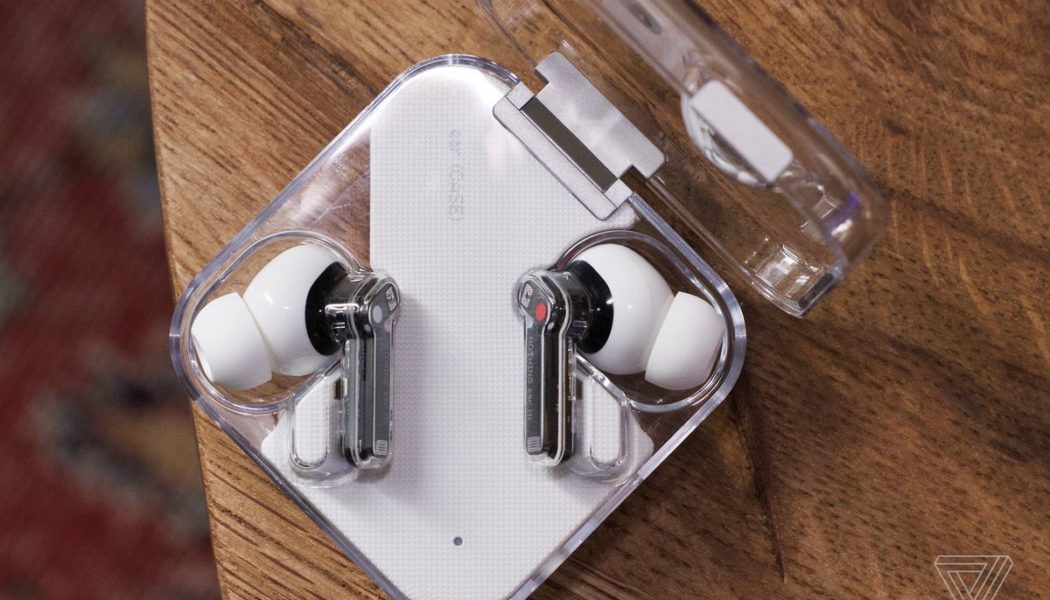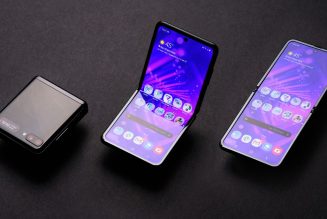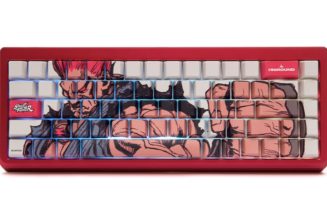Apple device collector Giulio Zompetti has photographed a prototype 29W Apple charging brick, and it may be one of the rare instances where the product-in-progress may look better than the final version. What makes it special is that you can literally see Apple’s design process because of the clear plastic shell, unlike the retail version where the internals are hidden by opaque white plastic.
Zompetti also tweeted another clear prototype, a pair of AirPods that live up to the “Air” name. The retro-futuristic look of the densely packed electronics makes me wish Apple would actually sell see-through gadgets again.
Transparent electronics were a (cool) fad in the 90s, with Apple’s own iMac G3 often being brought up by those reminiscing about the age of transparent or translucent electronics, alongside the Nintendo 64 and that Unisonic clear landline phone. But the look does seem to be having a sort of revival: you can buy skins that make it look like you’ve done a transparent mod on your phone (without the risks that come with scraping off the back panel’s paint or plastic), and companies like Nothing are releasing actually see-through gadgets. That’s not to mention the variety of after-market mods for consoles like the Nintendo Switch that let you replace the device’s opaque plastic with a case that shows off the internals.
:no_upscale()/cdn.vox-cdn.com/uploads/chorus_asset/file/22746960/DSCF4386_Edited.JPG)
:no_upscale()/cdn.vox-cdn.com/uploads/chorus_asset/file/23053567/0ry14gzswhl71.jpg)
These days, it feels unlikely that Apple would actually sell whimsical clear devices — we can barely get colors on pro devices, and the Apple logo hasn’t started glowing again, despite the new MacBook including a refreshed design. But I can hope that Apple will return to its roots if transparent devices start coming back in a big way.
So come on, Apple; your engineers do impressive work, which you love to show off in presentations. Why not let it see the light of day and make us feel like it’s the future again by giving us some transparent accessories?
If you love seeing the internals of Apple devices, Zompetti also posted pictures of an AirPower prototype earlier this year, showing off some incredible circuitry. You can also check out The Verge’s story on the original iPhone prototype, which looked more like a breadboard electronics project than the pocketable device it would eventually become.









